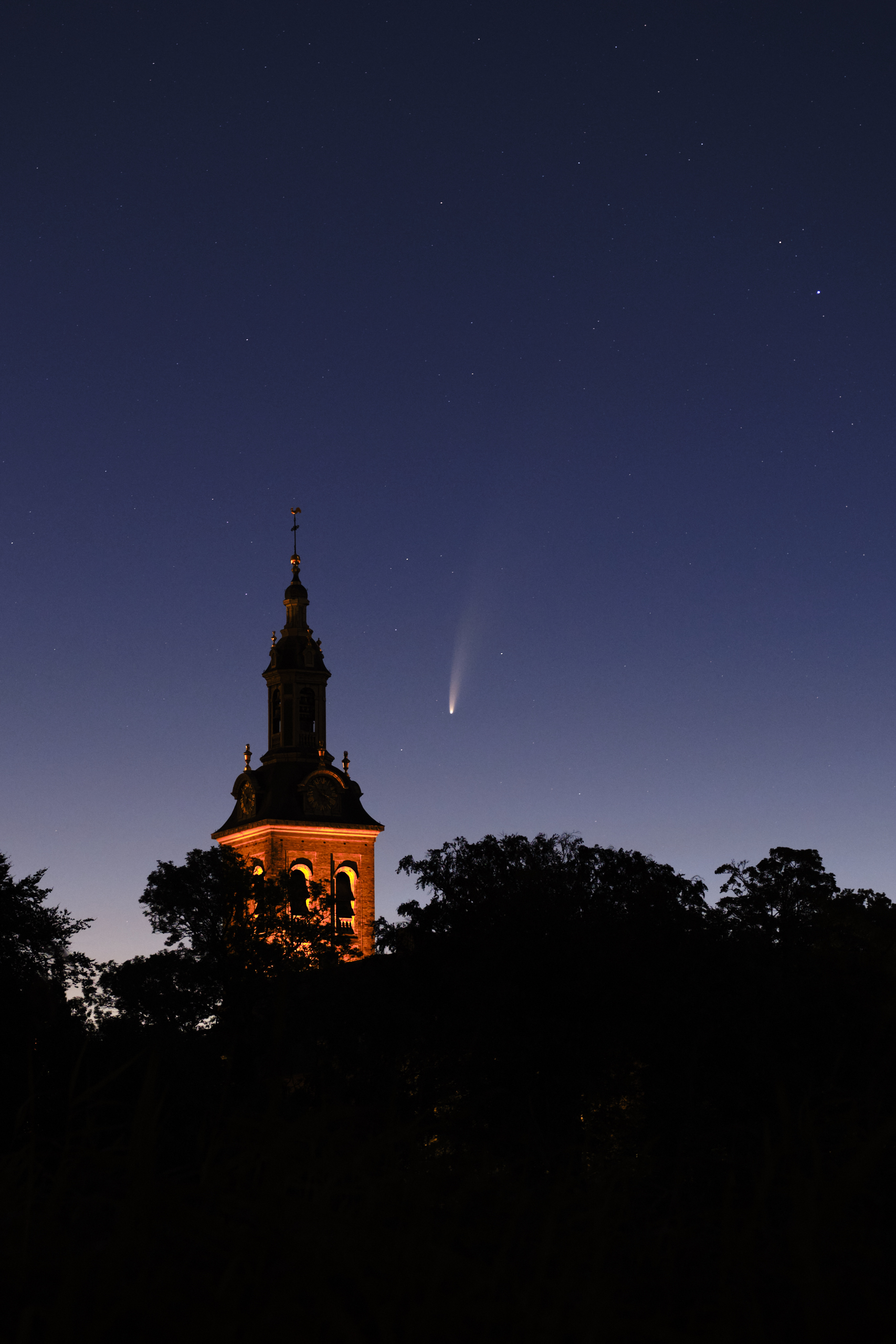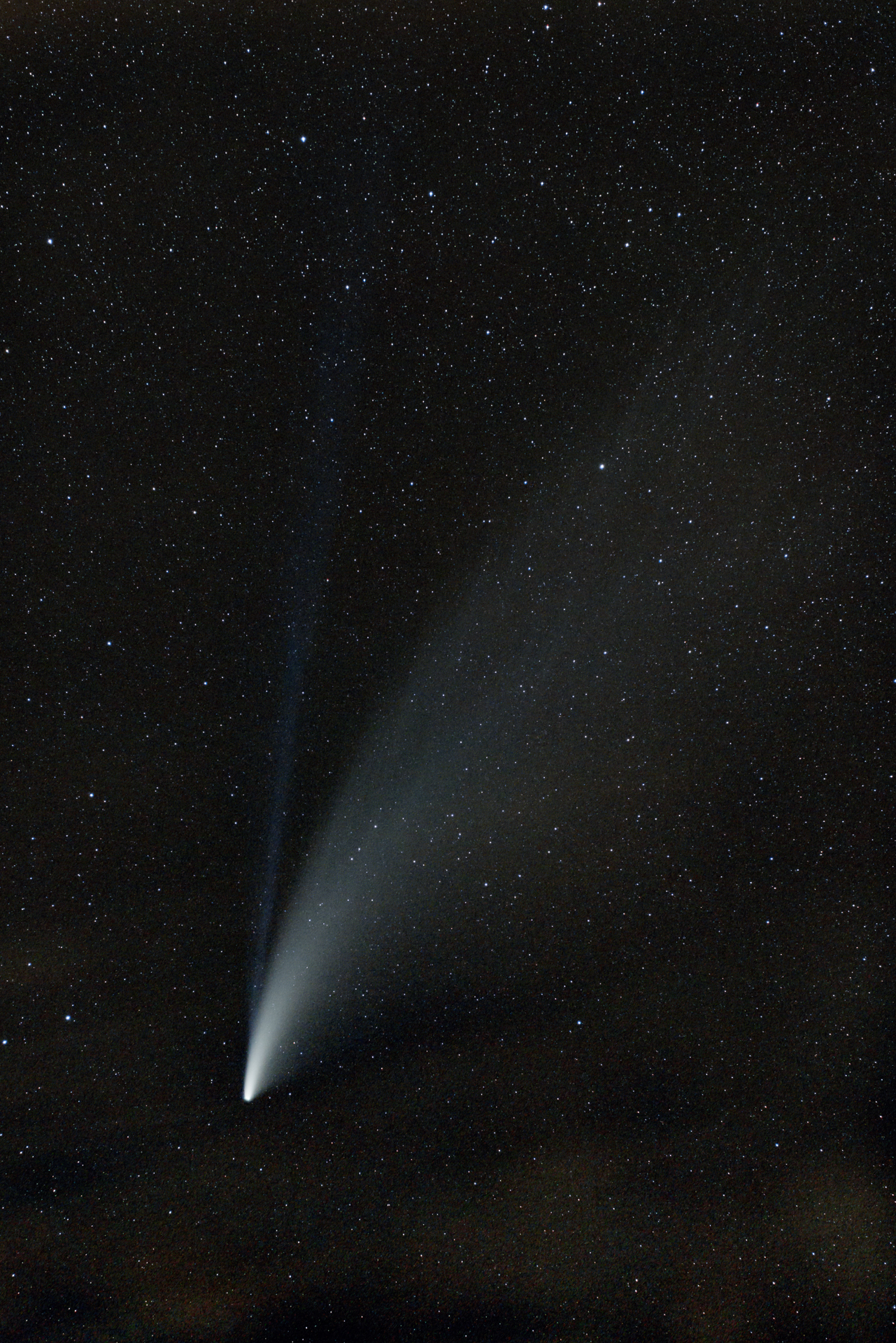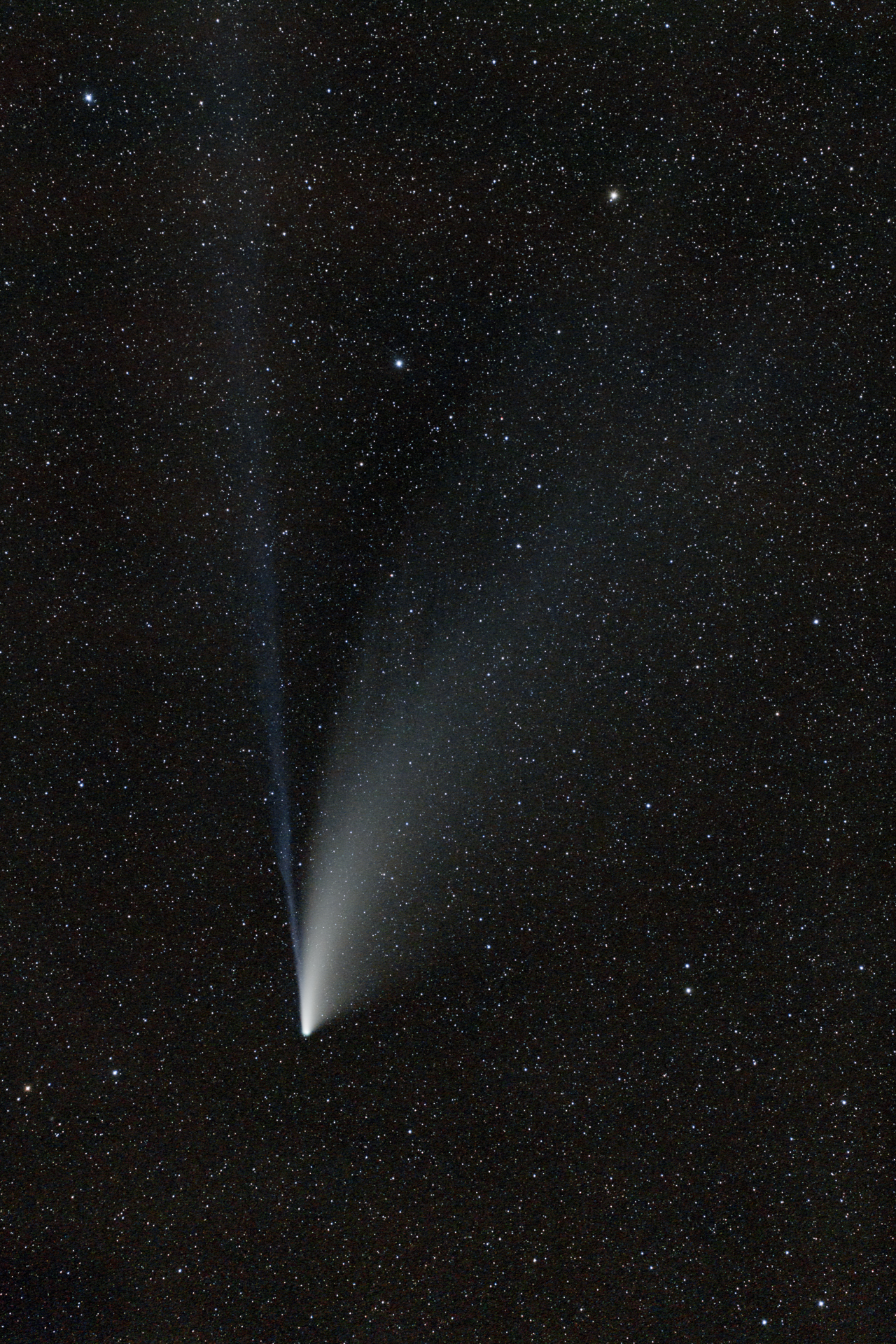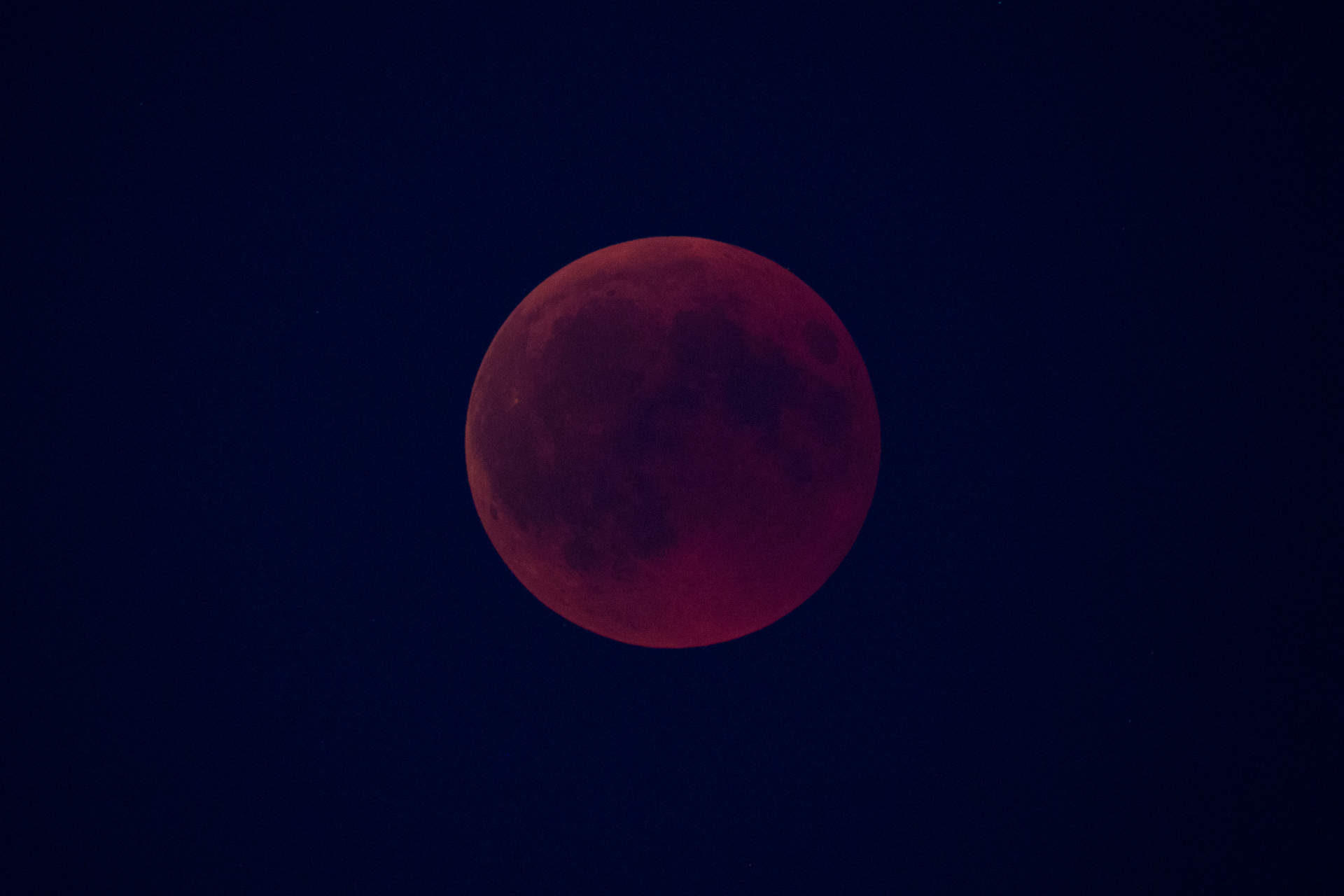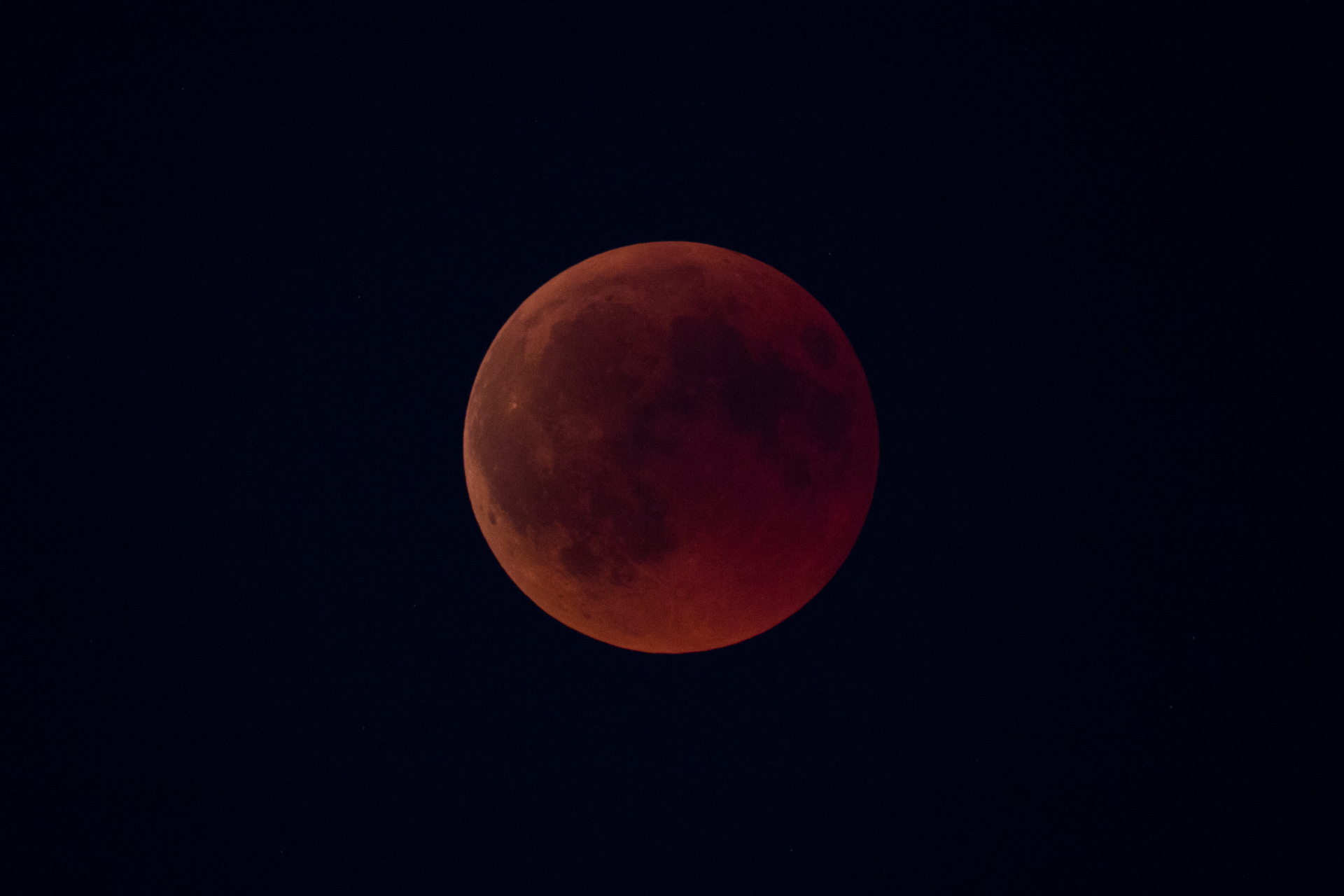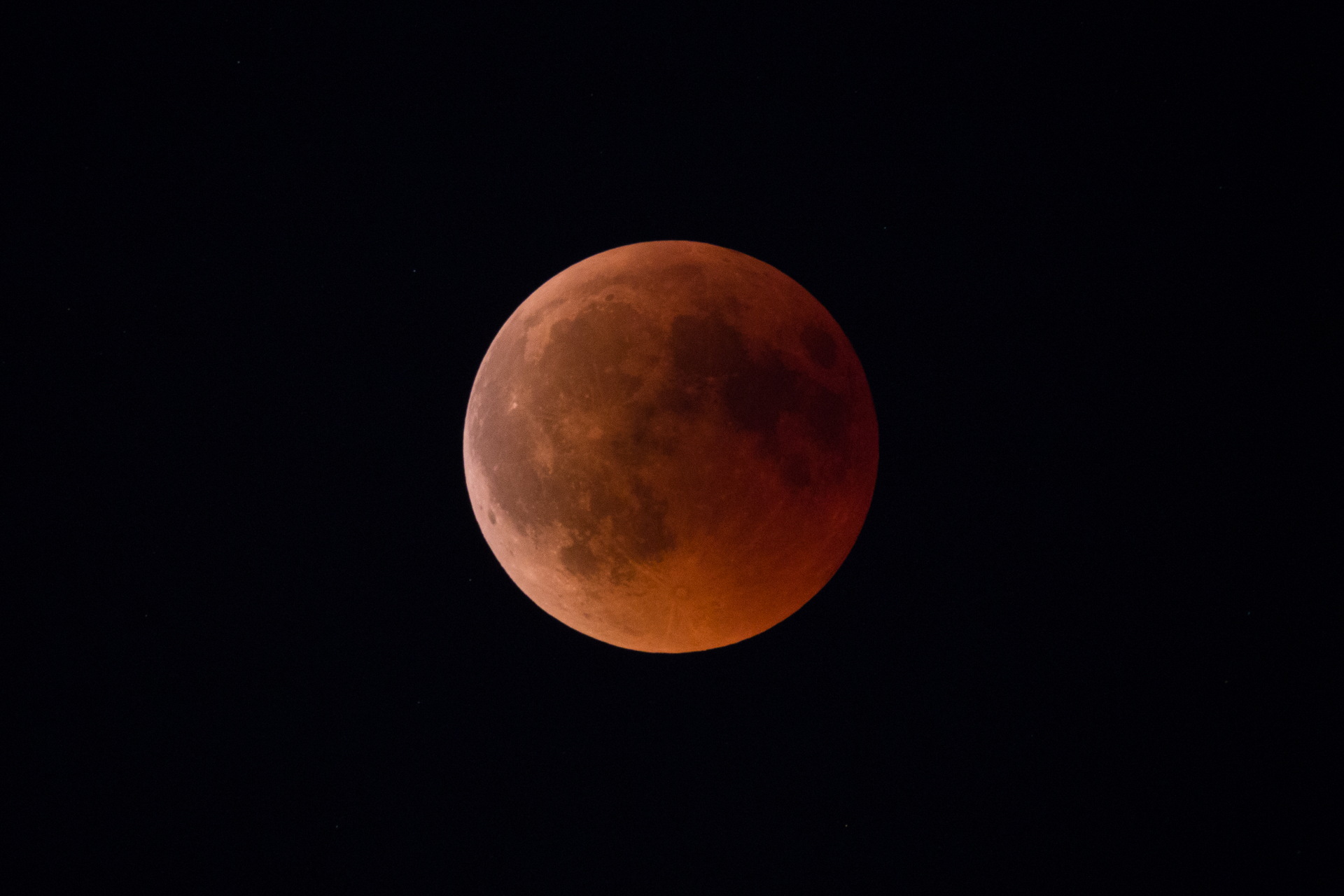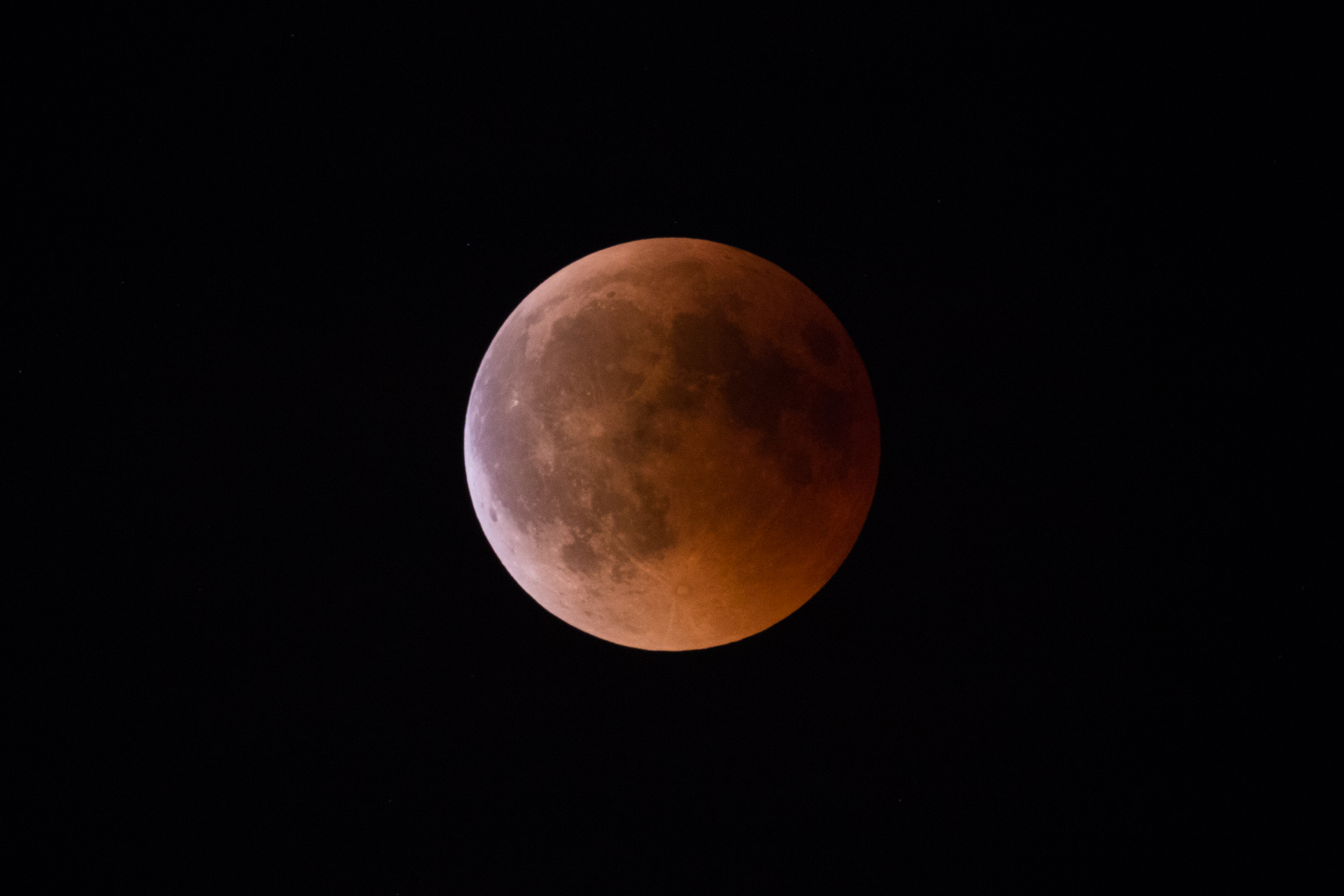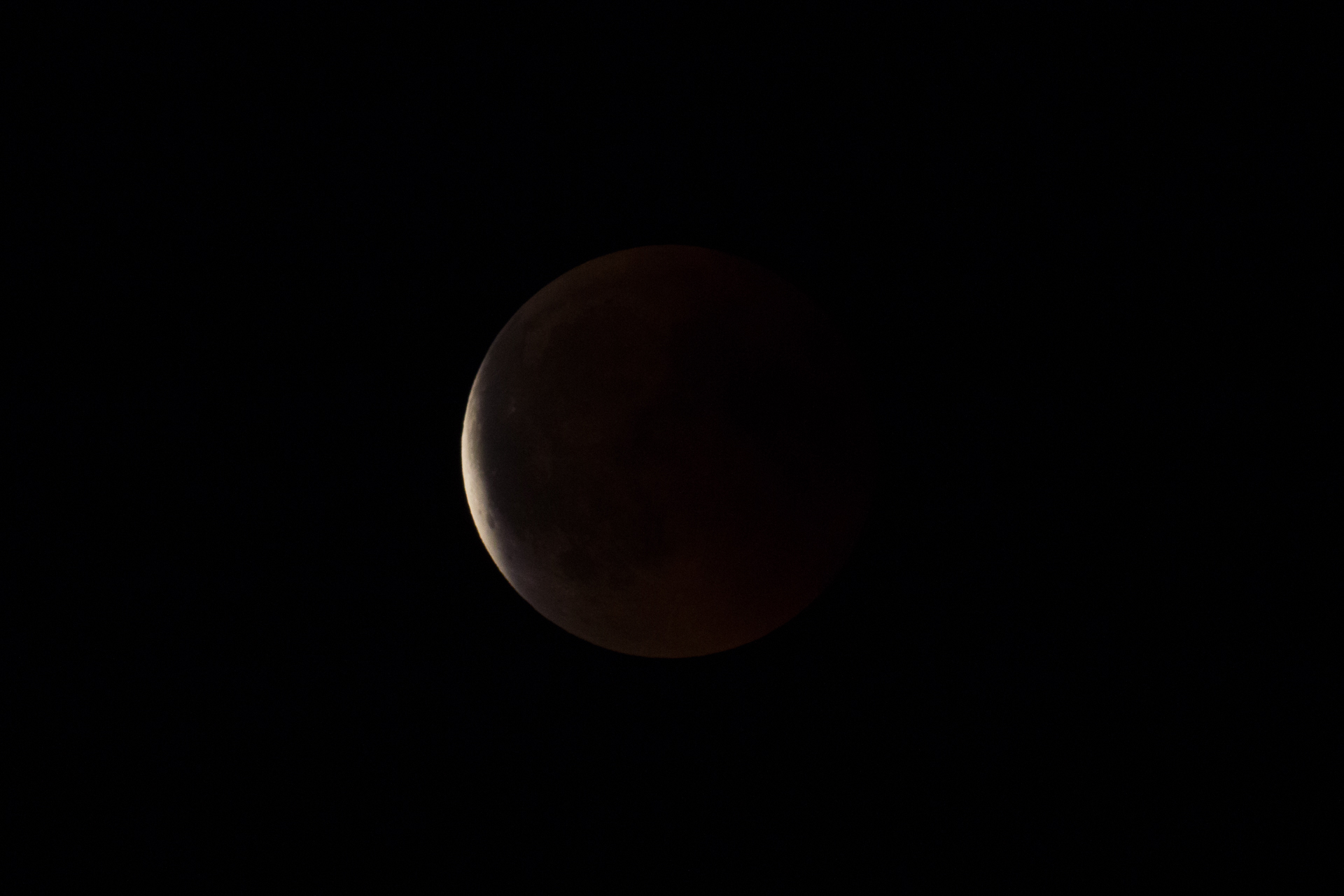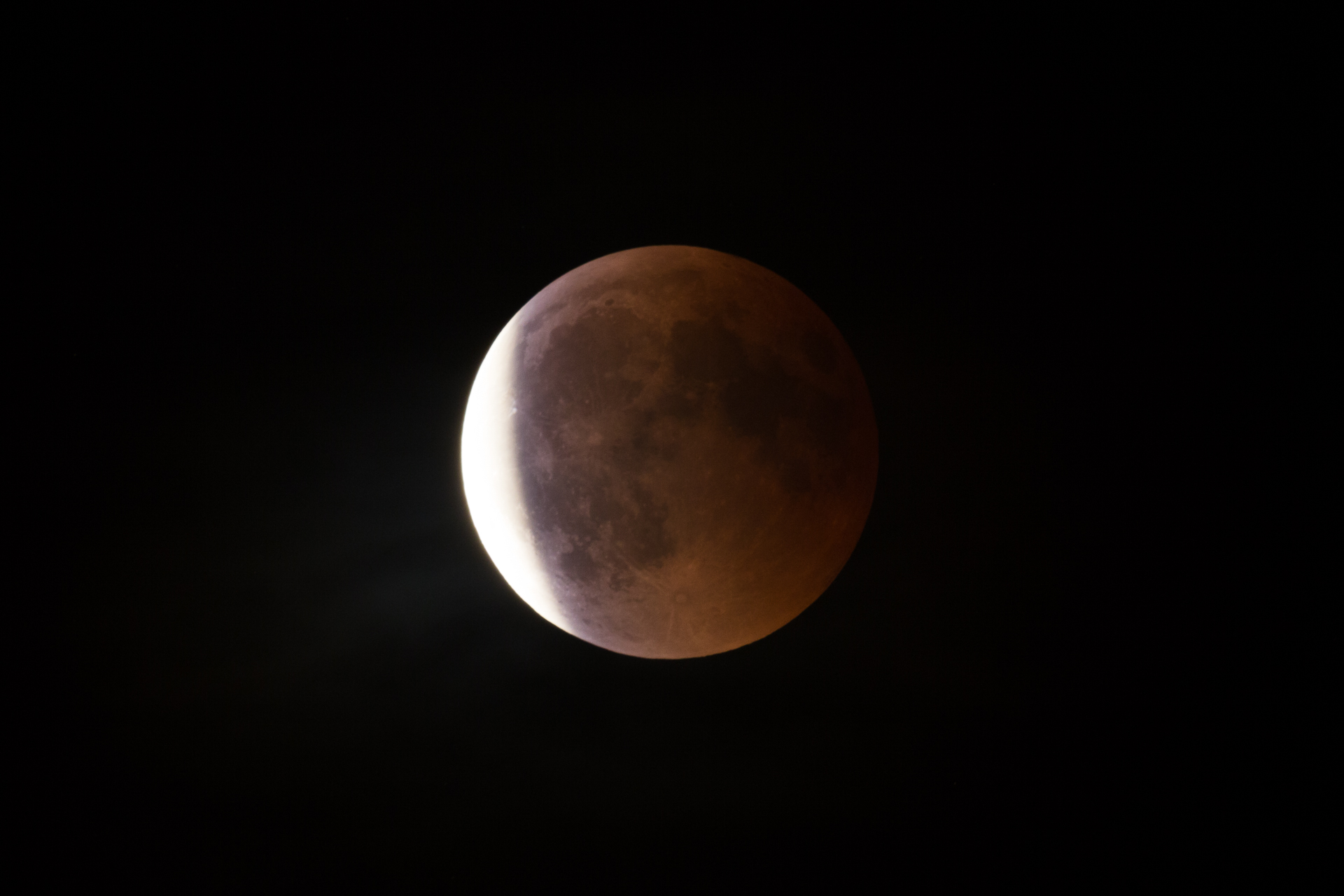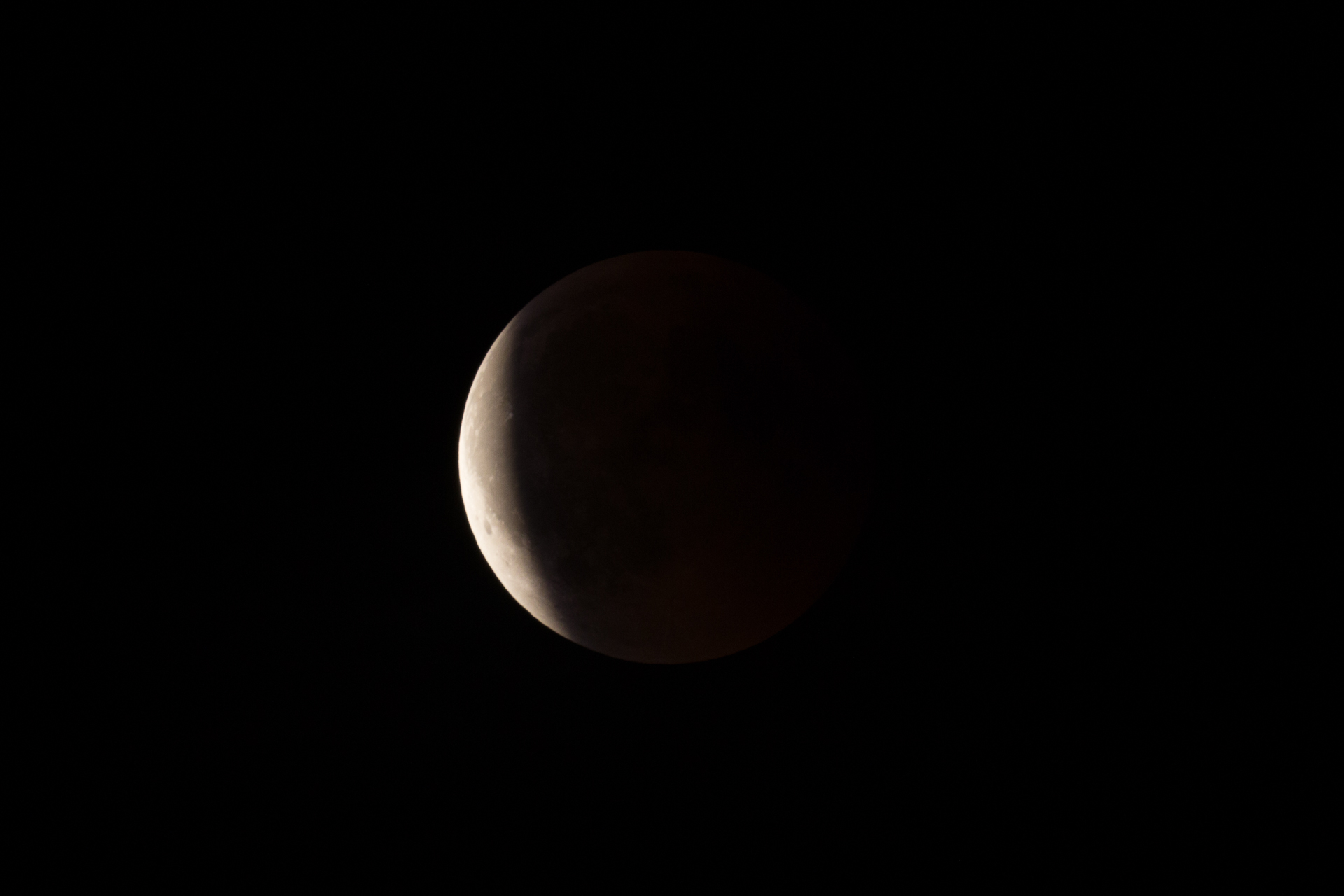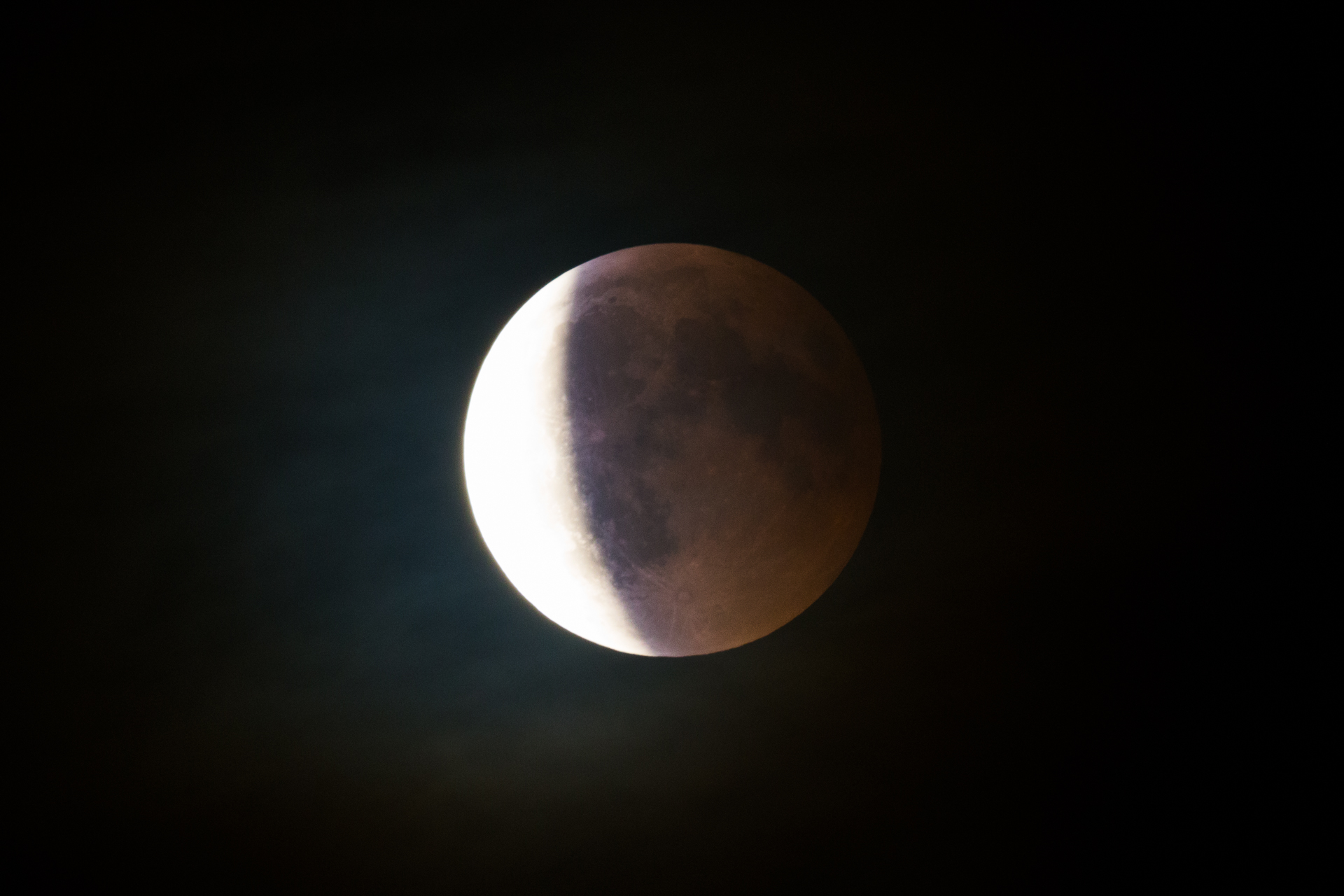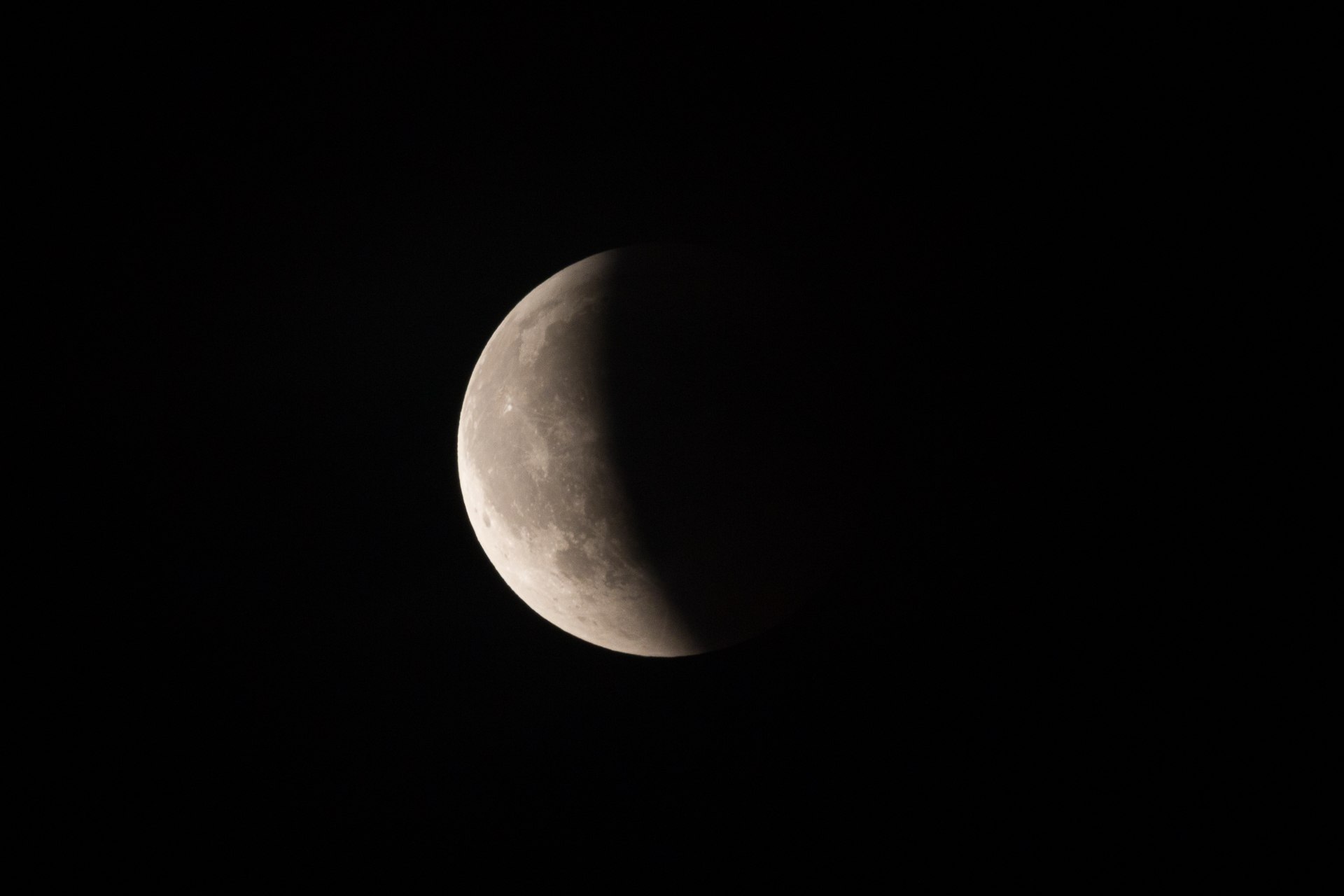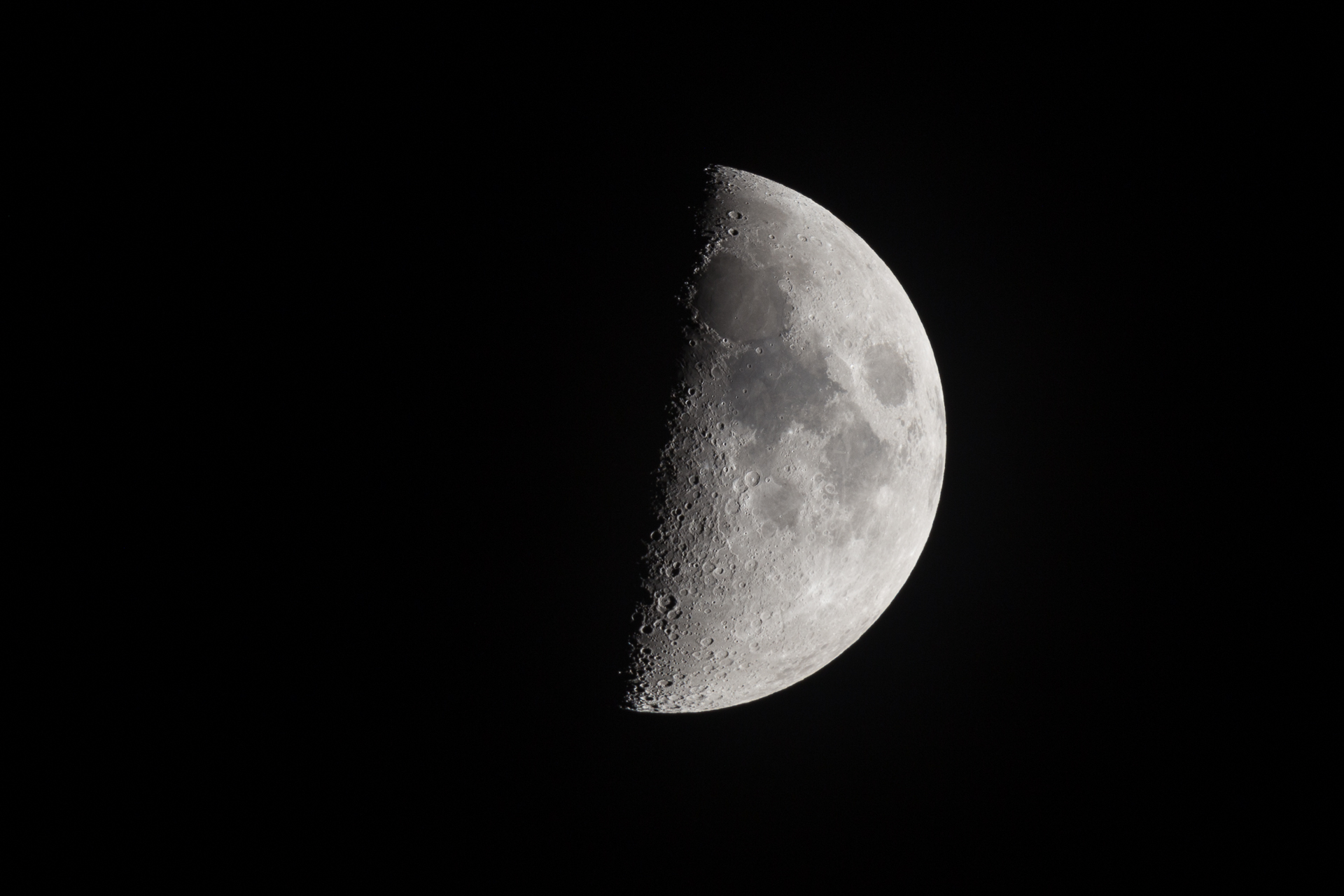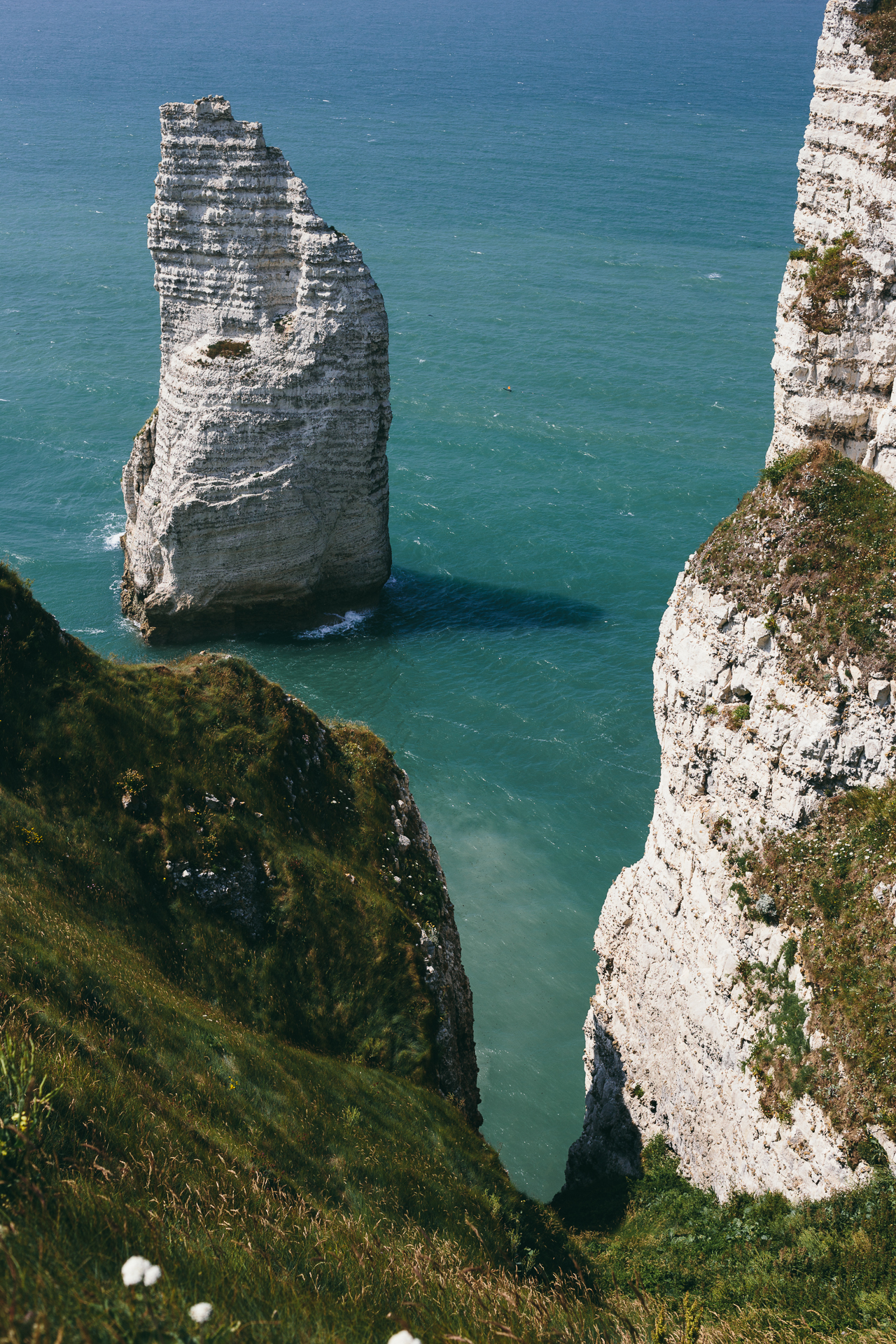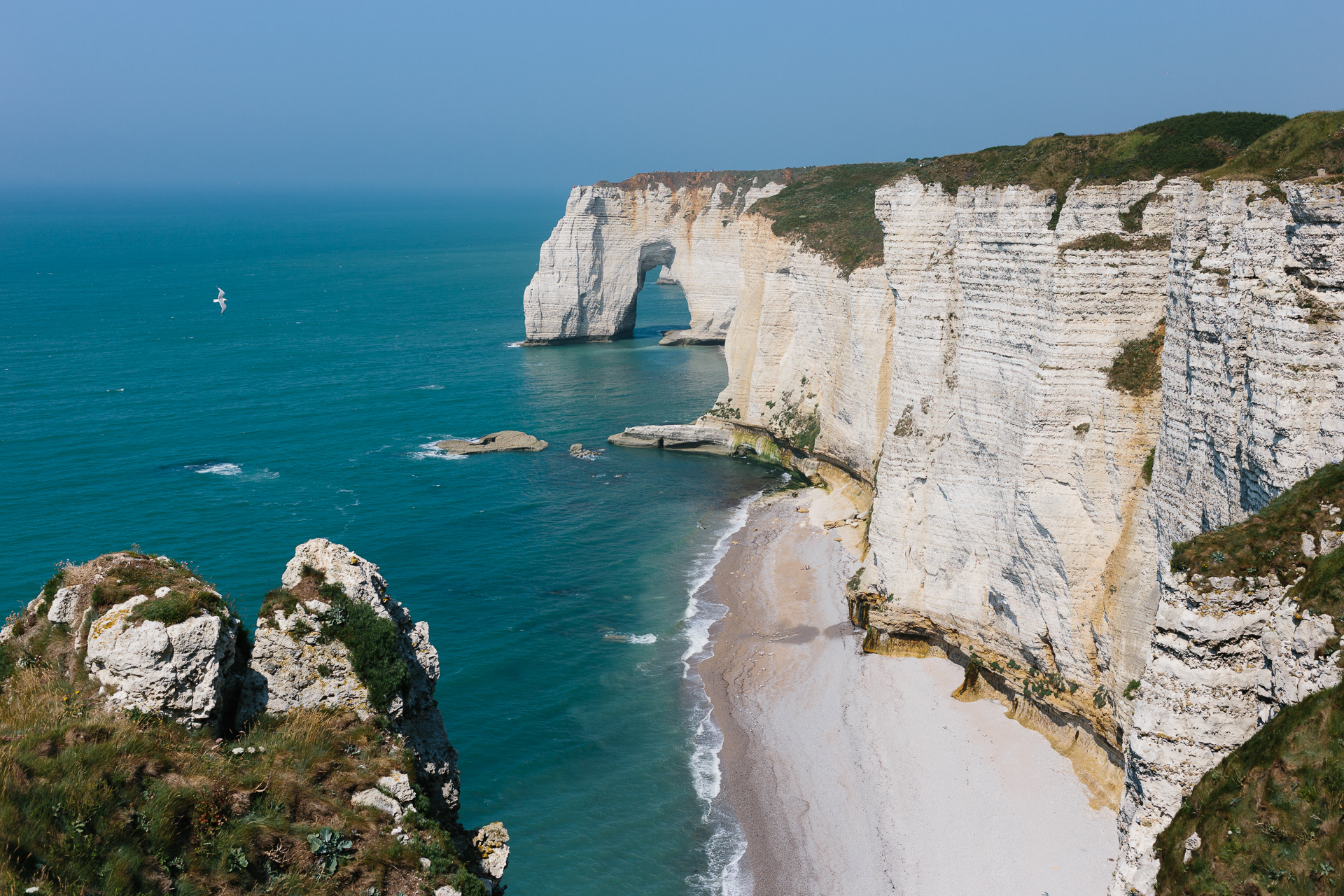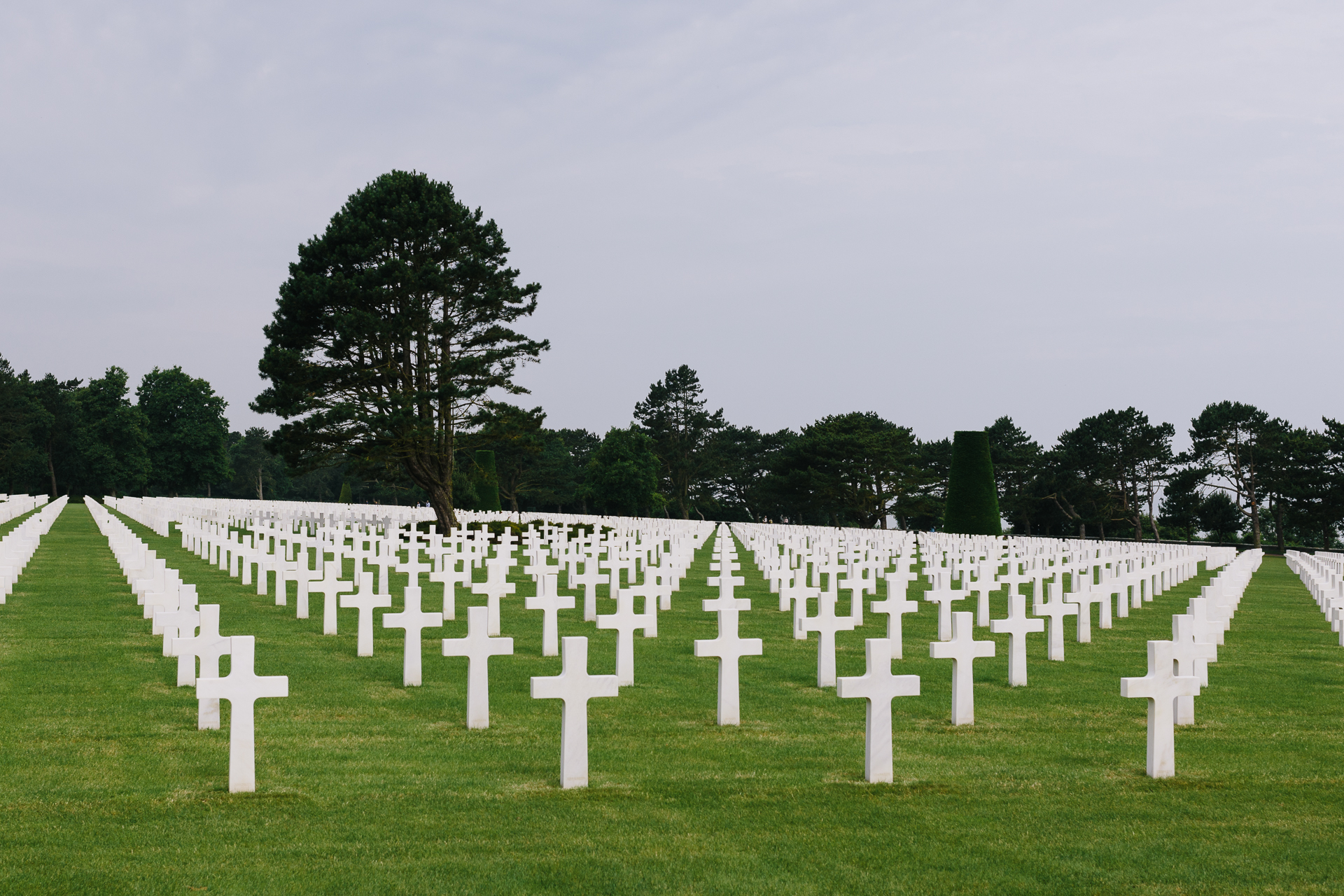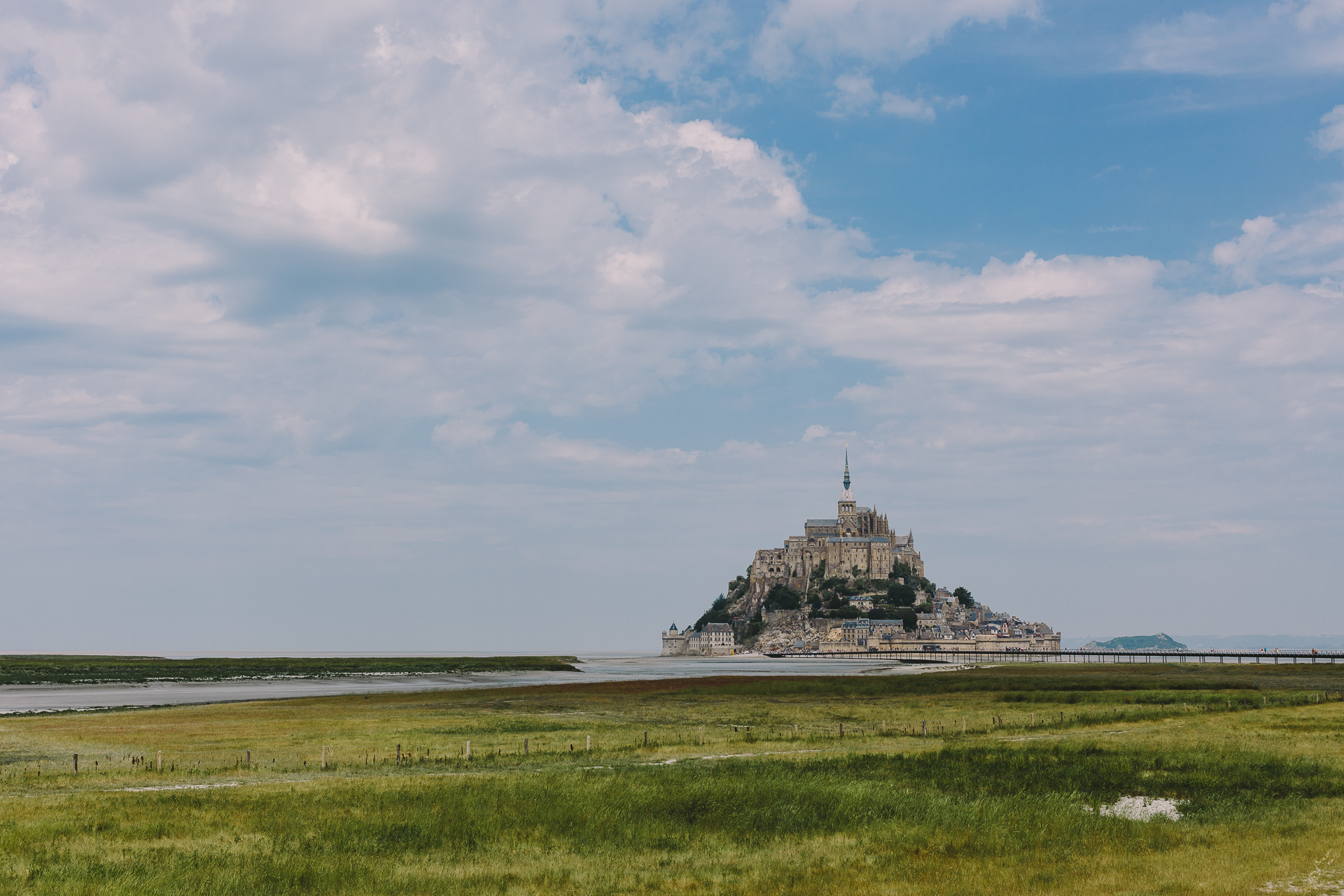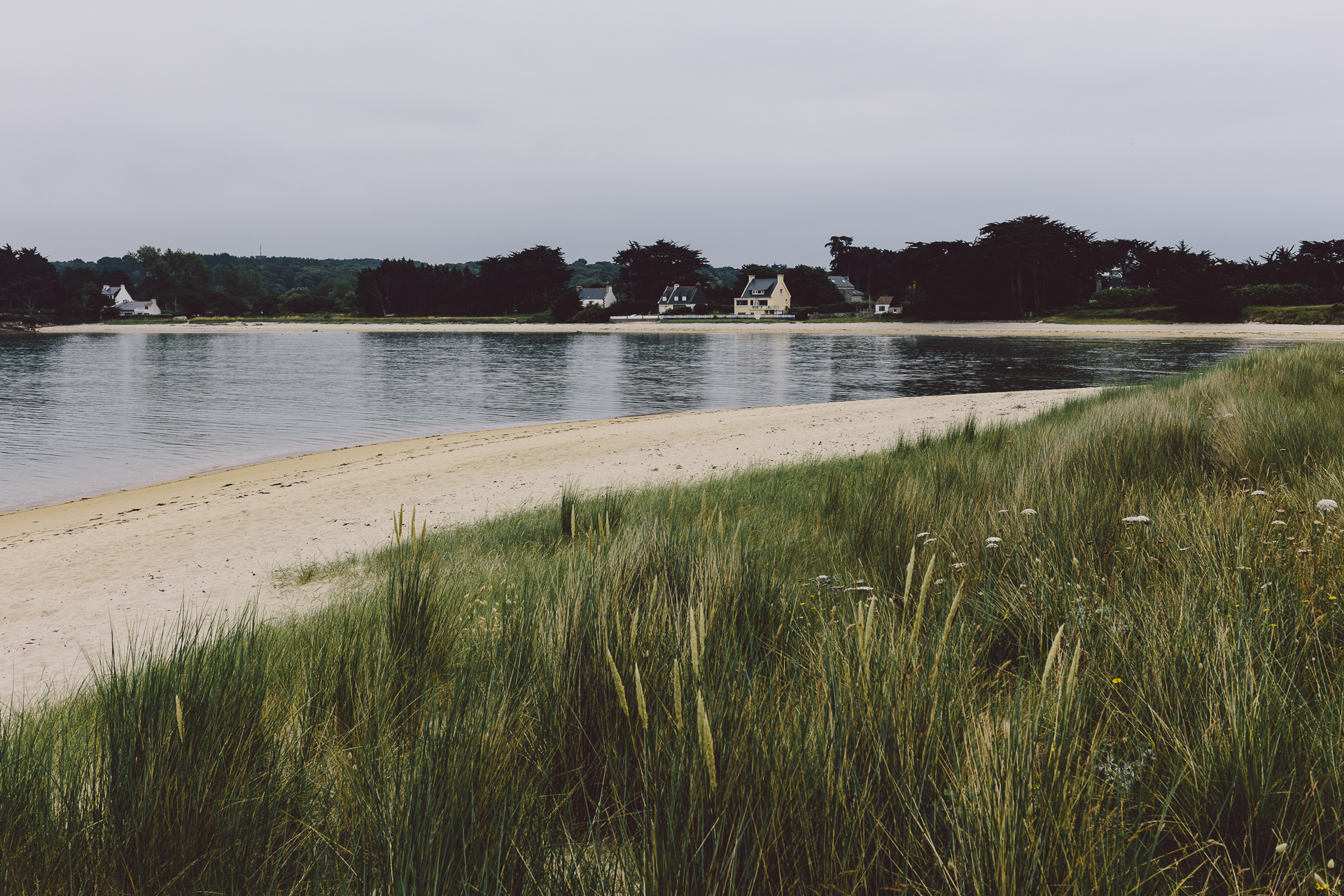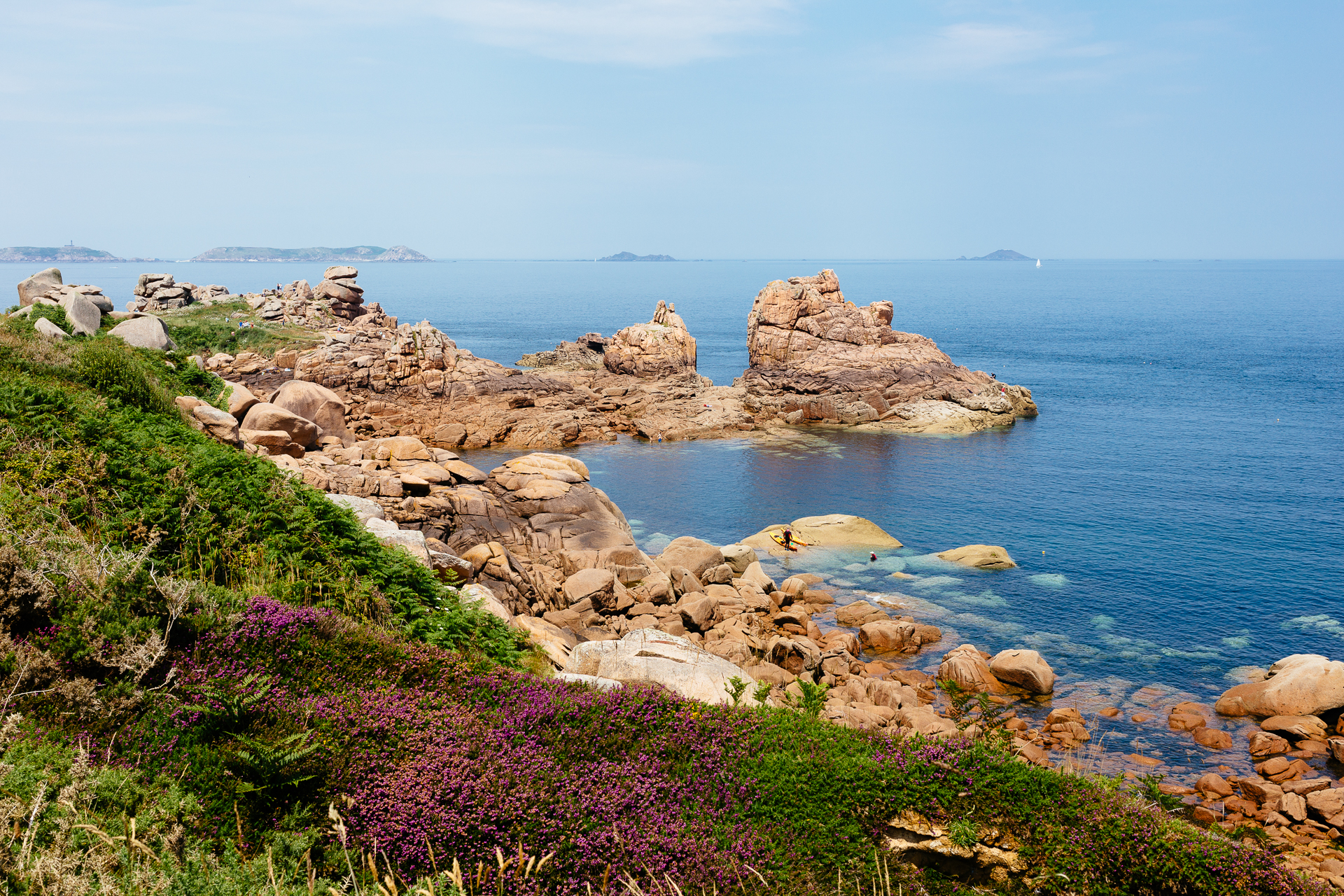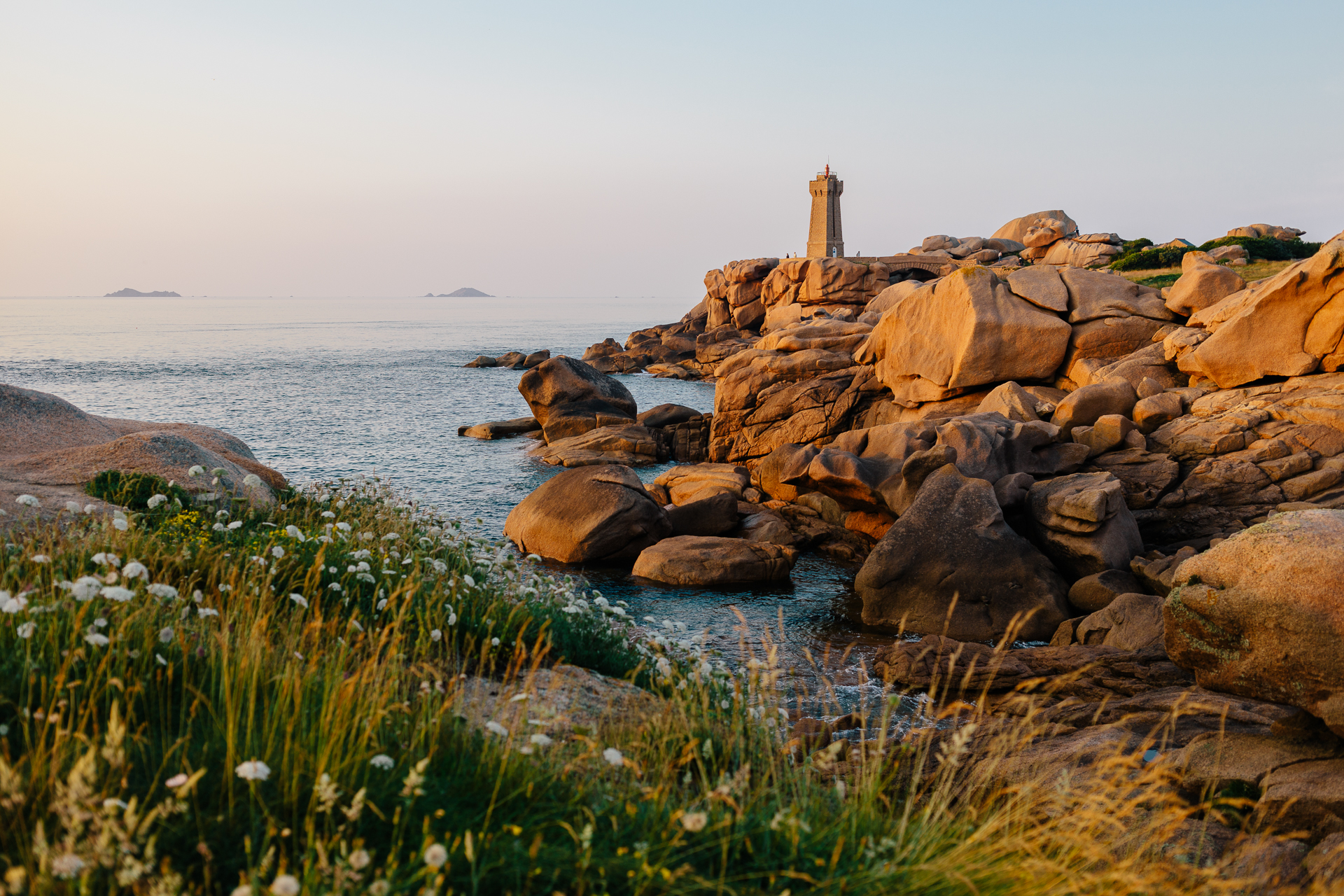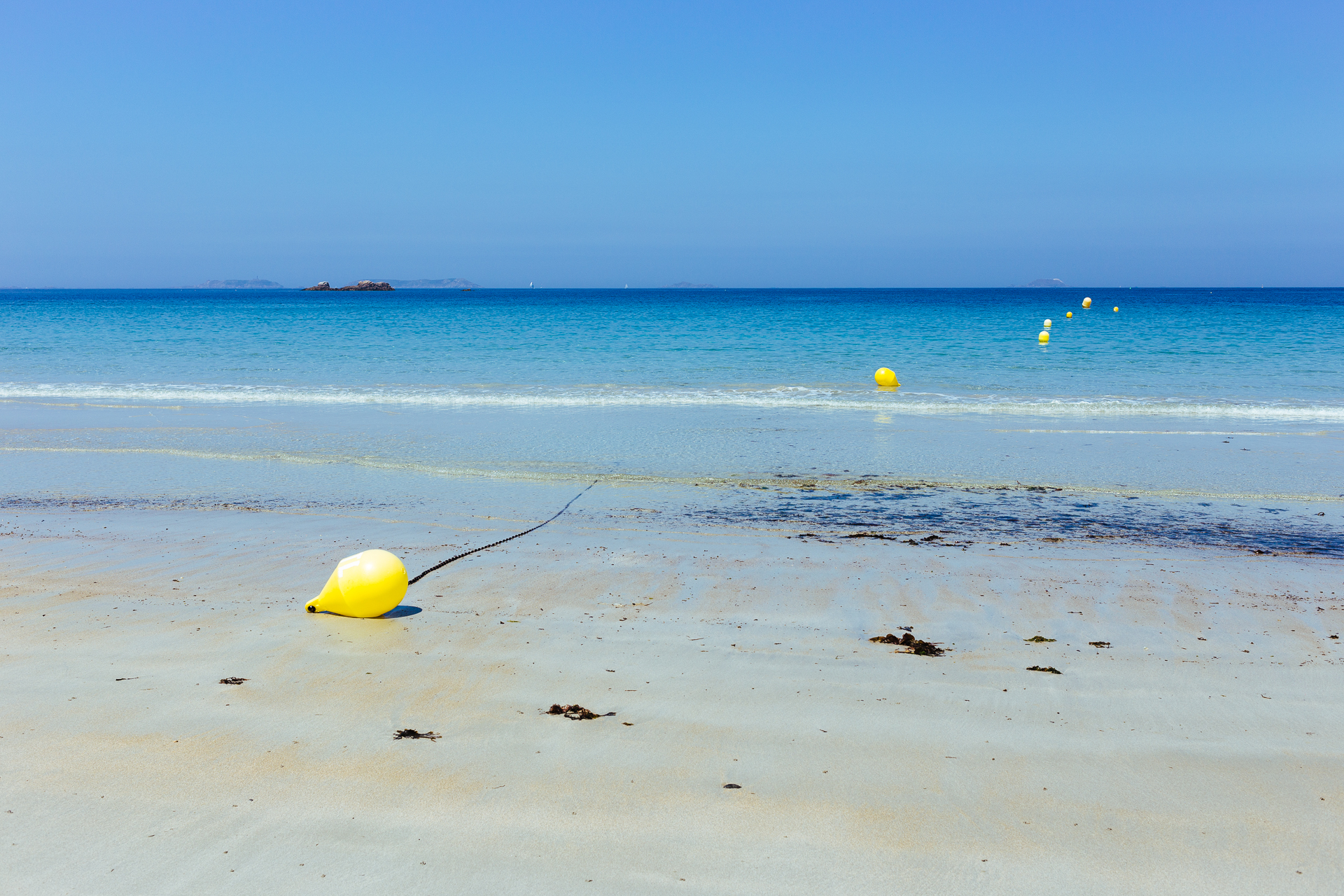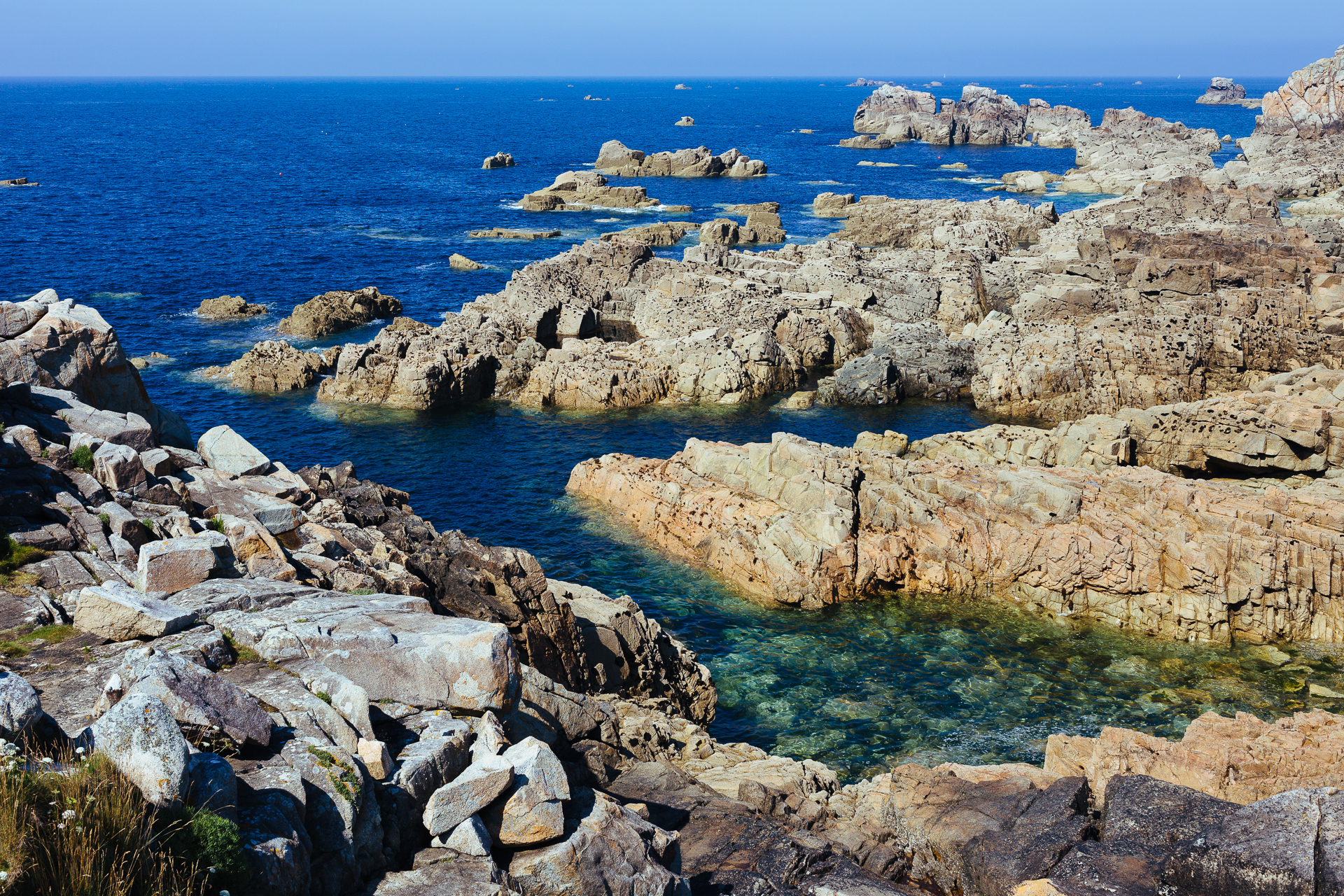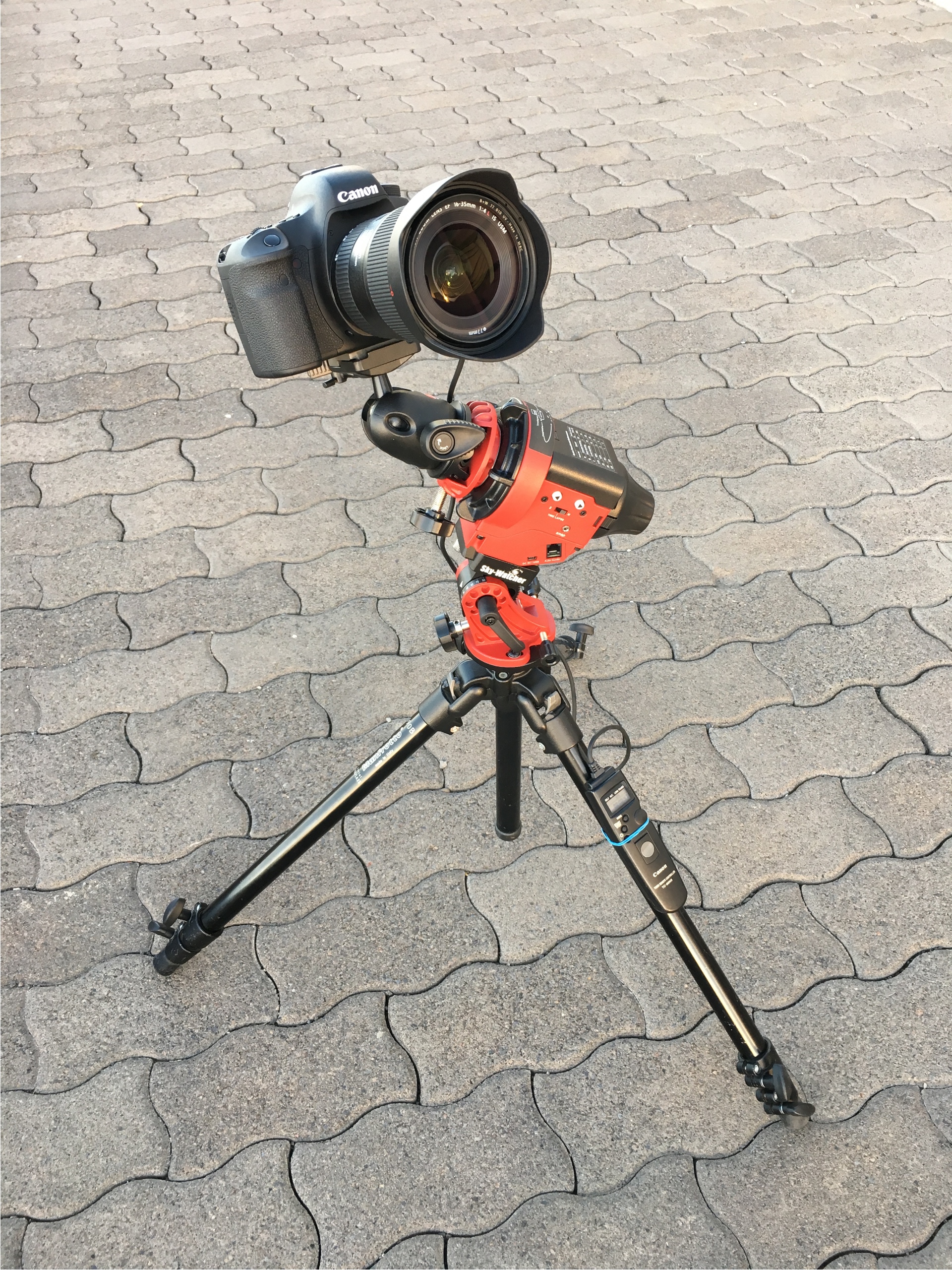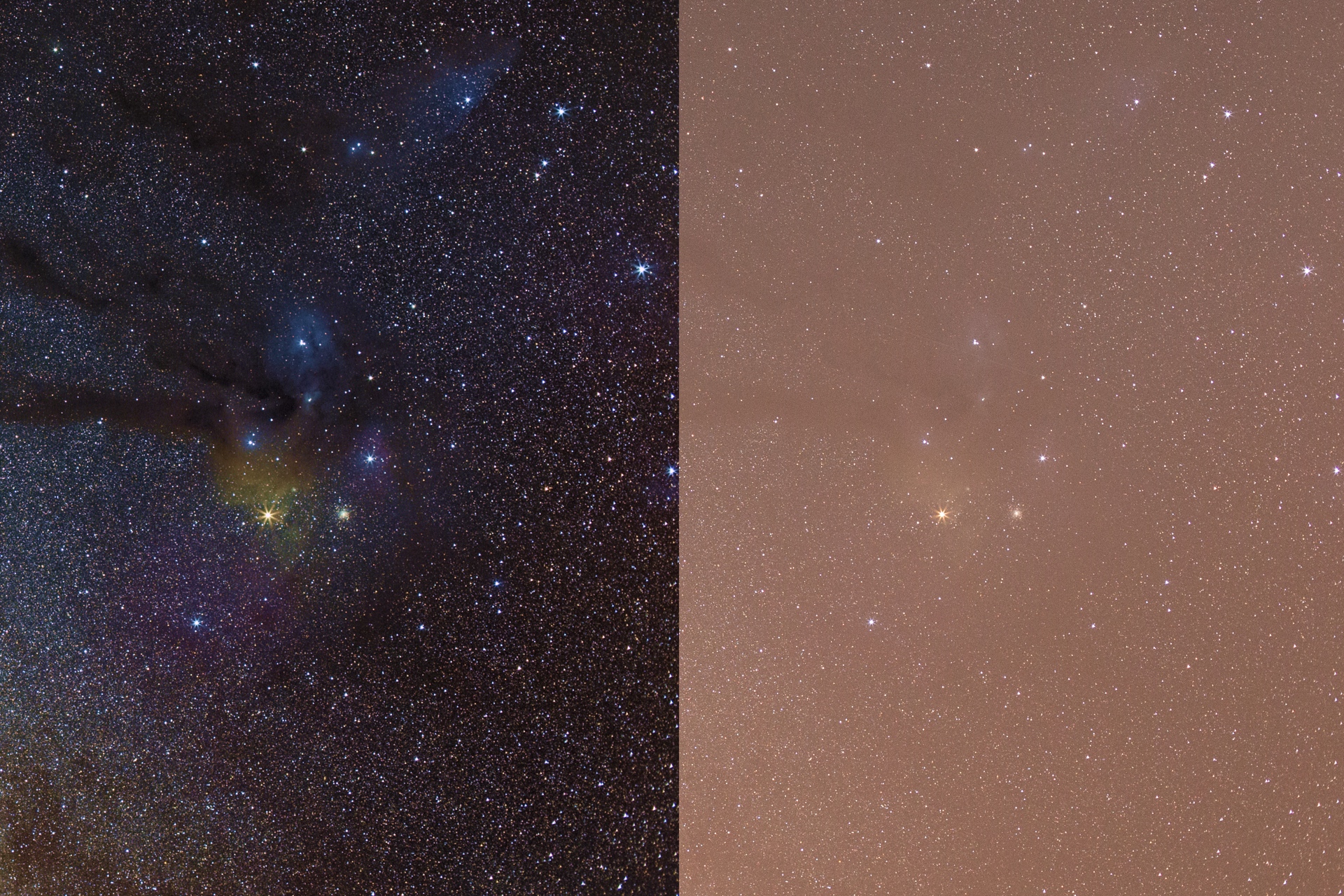As a slightly mad experiment I took only a single normal lens for our two-week road-trip in Norway last summer. This is definitely not the standard choice for landscape photography, but I wanted to do something different than usual. And for the touristy (Instagram) shots I had my trusty iPhone Pro with me anyway. This phone is actually the main reason why I tend to do less and less photography with “a real camera” – it simply takes too good photos, which makes carrying a heavier camera and the related equipment (bags, lenses, tripod, filters, etc.) less attractive lately.
Continue readingTag Archives: photo
Chasing Comet NEOWISE (C/2020 F3) around Belgium
I was not yet that much into astronomy when Comet Hale-Bopp passed by in 1997, so I have never seen a bright naked-eye comet until recently. There were a few smaller comets in the past decade(s) which became borderline visible, e.g., Pan-STARRS (C/2011 L4) in 2011, or comets that were big and bright but only observable from the Southern hemisphere, such as C/2006 P1 (McNaught). This finally changed with the arrival of C/2020 F3 (NEOWISE) this month.
In the first days it was only visible before sunrise, so I had to get outside very early to catch it in the twilight, thus it made more sense (to me) to simply stay up all night and go to the nearby abbey to take pictures at half past three… I took the first picture on the 11th of July at 03:53 local time (5 sec, ISO 400, Fujilim X-T3 + Fujilim XF 50mm f/2 @ f2.8). The comet was extremely bright, when I arrived to the shore of the lakes next to the abbey it was unmistakeable, even though the sky was already getting brighter.
On the 12th I got up early again (or more precisely: stayed up late again…) to drive to a nearby village hoping to take some pictures under less light polluted skies, but by the time I arrived clouds rolled in and I only got a few pictures that showed at least part of the comet through gaps in the cloud layer – none of which is worthy enough to be shown here.
On the 13th the visibility on the evening sky finally became better than on the morning sky (as the comet travelled further Northwest), but given there were some high clouds, I choose to stay in Leuven, and we simply walked to the Arenberg castle with Clio to have a look from there. While visually the comet was a nice sight hanging over the castle, the photos turned out to be not so special (mostly because of the dull, grey sky). Still, it was pretty amazing that from a quite bright spot inside the city we could see multiple degrees of the comet’s tail with our naked eyes.
After a few cloudy days, the 17th finally brought some clear skies again, so I drove 15 km to the South (parked along a dirt road just SW of the military airport of Beauvechain) to take a series of pictures. There were still some clouds near the horizon, but the view was definitely much better than from Leuven. I could even see the Milky Way above me! I processed the pictures with Astro Pixel Processor (APP). The image below is a result of processing 55 images (taken around local midnight) of the comet (30 sec, ISO 800, Fujilim X-T3 + Fujilim XF 50mm f/2 @ f2.8), and a set of calibration images (20 dark, 10 flat, and 10 darkflat). The (thin blue) ion tail is visible for over 17 degrees (34 times the apparent size of the full Moon)! This image has the same field of view as the first picture with the abbey tower above. With the naked eye, the tails were visible for around 5 degrees from the coma (the head of the comet).
Finally, when I thought I had enough of the comet, I made a last minute decision on the 21st and drove almost one and a half hour to the highest point of Belgium, and set up my camera there for another set of pictures. The sky was as good as it gets from Belgium, so even though the comet had noticeably lost from its brightness during the previous few days, it still looked very nice even with the unaided eye (sowing at least 5 degrees of tail easily). Unlike on the 17th in Beauvechain, this time there were no clouds near the horizon, only a bot of light pollution from the cities further away. I took multiple sets of images, the one below is created from processing 80 exposures (15 sec, ISO 1600, Fujilim X-T3 + Fujilim XF 50mm f/2 @ f2.8) taken around midnight local time (and also using 20 dark, 20 flat, and 20 darkflat calibration frames). The three bright stars in the top third of the image are the rightmost stars of the Big Dipper, and the ion tail on the image is more than 20 degrees long (at least, as it ends outside of the frame).
It took me hours (or rather days) to process these images to get the most detail out of them without blowing up the noise, but I am more or less happy with the end result now. (In the last picture even the bands of airglow are visible – if you know what to look for – parallel with the horizon, slightly tilted across the image.)
The longest lunar eclipse of the century
The longest lunar eclipse of the 21st century was a good occasion/motivation for me to do a bit of astrophotography again (after my wide-field adventures on La Palma last year). I wanted to take some close-up pictures of the Moon, so I bought a relatively inexpensive and compact 1000 mm f/10 Maksutov Telescope (from TS-Optics). My Sky-Watcher Sky Adventurer mount could still take the combined weight of this and my Canon EOS 6D camera, but my old Manfrotto tripod proved to be not exactly as stable as hoped for at this focal length… Of course I did not notice this during my test shots a few nights before the eclipse, because back then there was no wind at all, but later during the eclipse itself the vibrations caused by gusts were quite a bit of a problem.
The day of the eclipse was the hottest day of summer so far (although today might have broken that record), but also the last day of a heatwave, and as such, storms were closing in on the low countries from France during the afternoon. Looking at the satellite pictures and the weather models I was pretty sure that it would not stay clear in Leuven, so we got into the car and drove an hour (93 km) to the East – away from the storms – and set up the equipment on the Southern flanks of the Fort d’Aubin-Neufchâteau (which I scouted on Google Maps making sure that the view towards the Southeast would be more-or-less unobscured, as during the eclipse the Moon would stay quite close to the horizon).
The moon rose already fully submerged inside the shadow of the Earth, so it was very difficult to spot it in front of the bright background of the evening twilight. By the time I found Polaris (and aligned the tracking mount to be able to follow the movement of the Moon during longer exposures), the eclipse was just past its maximal phase.
As mentioned earlier, it became clear already during the initial setup (while focusing on the rings of Saturn), that my tripod was not strong enough to hold the whole system perfectly stable against the wind, so my strategy during the eclipse was the following: I kept taking pictures basically continuously hoping that there would be at least a few during which the wind would be weak or constant enough to not move the tripod too much, so with some luck I would get a few good-enough photographs at the end. This worked out as expected (with Clio’s not small contribution as a paravent), so the expedition became a total success :) The settings I used during the totality: ISO 3200, 2.5-2 sec. Settings in the partial phase: ISO 800-1600, 1/60-2 sec.
We stayed almost until the end of the partial phase, but by midnight the clouds reached us, so we had to pack in and drive home. It was still almost 30°C when we left…
Overall I am satisfied with the results, of course with a bigger budget I could have made better images. While I really like astrophotography, living in one of the most light polluted places means that I do not feel like investing a lot of money into another expensive hobby (right now). As a bonus, here is the first test shot I made a quarter before the eclipse.
Holidays in Bretagne
We spent the second week of our holidays this year in Bretagne. On the way there we stopped for a walk at the cliffs of Étretat, at Omaha-beach and the American Cemetery, and at Mont Saint-Michel. (Honourable mention to the steep bridges of Le Havre along the A29, they were pretty cool to drive over.)
After the slightly busier schedule of the first weekend we had a much more relaxed time in and near our AirBnB apartment on Île-Grande. Since I also took my (older) road bike with me, I went cycling on three mornings, but otherwise we spent our days walking around on nearby beaches (around our island, along the Pink Granite Coast of Saint-Guirec, the white beach of Trestrignel, the rugged coastline north of Plougrescant, and the tiny and beautiful bay of Pont Roux), or eating pancakes and galettes (and Clio got her share of seafood too).
The weather was also nice, we had rain only once, and the temperature definitely felt much warmer every day than the lies of the weather forecast, so we were positively surprised. The coasts were all beautiful and not at all too busy, the pancakes were delicious everywhere (especially at the small bar just 5 minutes walking from our place), and finally we really managed to have a not too exhausting holiday :)
I even managed to just play some Celeste on the Nintendo Switch, or watch the Belgian football team (without constantly hanging on social media) make it past the Japanese and Brazilian team to reach the semi-final of the World Cup. On the last day we went sea kayaking, so for the first time in my life I got to wear a wetsuit.
I definitely need more holidays like this one.
DSLR astrophotography from La Palma
I was lucky enough to get one last observing run at the Mercator Telescope on La Palma, so I spent another eleven nights at the telescope last month, bringing up my totals to 139 nights there (and to 232 overall at international observatories). Since my contract at the Institute of Astronomy ended on the 30th of September, this number will not change anymore :(
Anyway, to make the most out of my last payed trip to the Canaries, I decided that it was time to bring my heavy duty photography equipment with me again, but instead of shooting more time lapse movies, I wanted to do some more serious astrophotography, so I also bought (and then brought along) a compact sized motorised equatorial mount (a Sky-Watcher Sky Adventurer). I mounted the tracking mount on my good old Manfrotto tripod, and used an extra Manfrotto ball head to support and enable easy pointing of my Canon EOS 6D. You can also see the Canon TC-80N3 timer I was using to automate the image acquisition sequence so I did not have to press the shutter release button every two minutes. (Small note: I enabled mirror lock-up and used the 2 second self-timer setting in the camera, so when the TC-80N3 timer gave the signal, the mirror locked up, and 2 seconds later the actual exposure started, eliminating any unwanted vibration from the movement of the mirror. This meant setting an exposure time of 122 seconds on the TC-80N3 timer when I wanted an actual exposure time of 120 seconds.)
While I have done some very basic astrophotography before (and of course time lapse videos), I never had a tracking mount, so I was always limited in terms of exposure time by the Earth’s rotation. Also back then my DSLR was a Canon EOS 7D, that had worse noise levels than my current Canon EOS 6D, which meant that I could not really go above ISO 1600… But now with a better camera, a tracking mount, and a good amount of research before my trip, I was ready to step up my game.
My first few nights were lit by the bright Moon (I arrived just the day after Full Moon), so I spent the short amount of dark time before moonrise to experiment with the mount, my two lenses, and the camera settings. It took me four nights (of very little dark time) to figure everything out, but starting with my 5th night, my camera was outside from the beginning of the astronomical twilight until moonrise (which happened later and later as the days went by). I found out that I prefer taking more zoomed-in photos, so instead of using the Canon 16-35mm f/4 L IS USM lens, I went for the Canon 50mm f/1.4 USM lens. None of these lenses are really made for astrophotography, meaning that wide open they have a pretty bad coma towards the corners of the image on a full frame sensor, therefore I had to stop the lens down to f/4 to get a result that I was happy with. I used ISO 3200 (after reading a lot about ISO levels for astrophotography here), and an exposure time of 120 seconds (to expose the images to a good overall brightness). As a comparison, in 5 to 10 seconds the stars would already move away enough (thanks to Earth’s rotation) that they would appear as short lines instead of circles on the photo without a tracking mount, (see, e.g., my attempt from a few years ago here). After a good polar alignment (which was pretty uncomfortable with such a low mount, but I managed), I had zero issues with the tracking. Even after one hour, there was basically no shift in the stars’ positions, so I was very happy with the whole setup.
To make one picture, I took 30 to 50 120 second exposures of the same spot of the sky (accounting for a total exposure time between 3600 and 6000 seconds), and also ~30 dark and bias frames for proper calibration (no flats since I have no dirt on my sensor, the vignetting at f/4 is negligible, and taking properly illuminated flats with a DSLR is a mess anyway). Then I processed these in AstroPixelProcessor (really great and pretty much self-explanatory software, with a 30 day trial version!), and at the end I saved an average (or median) image to improve the signal to noise ratio of the images. Finally, I used Adobe Lightroom to do some final adjustments mostly on the curves and colour of the photographs. To show how much this process means for the results, here is a comparison of a selected region from a final processed image, and the same area from a single 120 second unprocessed RAW exposure out of the 30 that were used to create it.
It is a quite impressive improvement. I liked doing this so much that I would definitely get more into astrophotography if I did not live under one of the most light polluted skies of the world here in Belgium… :D :( Anyway, below is a selection of the images I made on La Palma, and you can find more on my Flickr (at even higher resolution). Since even these 8 resized to ~50% weight in at ~40 MB, you will have to click after the first one for the rest.
1) The centre of the Milky Way, looking towards Scorpius, Sagittarius, and Ophiuchus, with Saturn in the very centre of the image, and many bright and dark nebulae visible around the field of view. A sum of 30 exposures of 120 seconds each.
